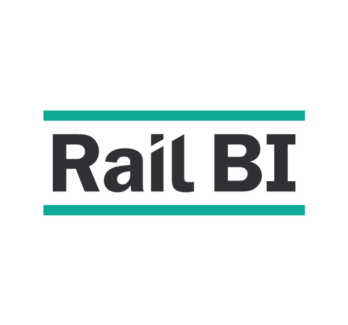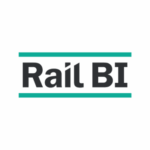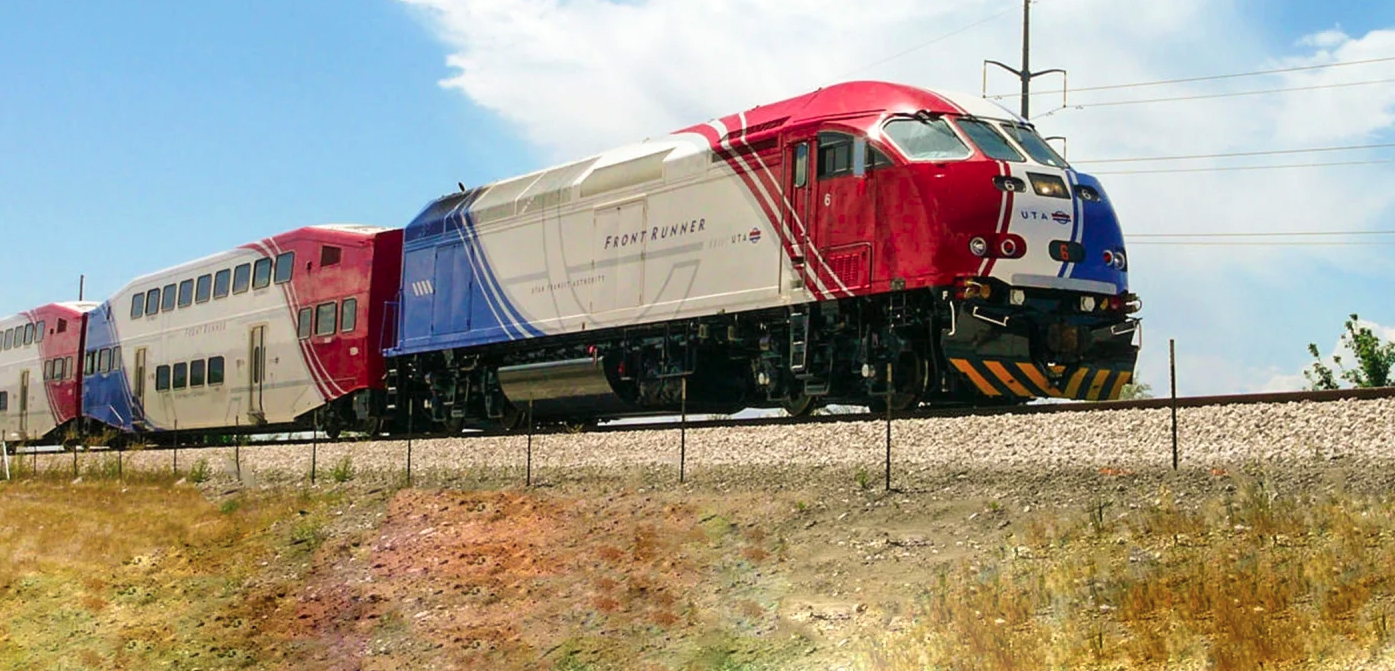As infrastructure demands grow and budgets tighten, workbank planning is more critical than ever. Conrad Barrett-Freeman, Managing Director of Rail BI, explores how smarter tools are helping rail asset managers move beyond spreadsheets to create data-driven, cost-efficient plans.
Workbank planning is a core activity for all asset management teams as budgets must be forecasted and requested, resources allocated and deliverability assessed.

Its main role is to support short, medium and long-term strategic planning, enabling the central team to create and communicate strategies out to the wider business in order for them to implement projects in a timely fashion – all while ensuring safety, reliability and performance targets are met.
Without a coherent plan of scheduled works, renewals, maintenance and enhancements would simply be reactive, which is not an approach infrastructure managers should, or want to, take.
The Challenges of Managing a Workbank
While they may be essential, managing workbanks can be challenging; especially with competing demands on projects and ever tighter budget constraints. This is often set against an ageing infrastructure that continuously needs maintaining and renewing, and having to balance the priorities of multiple disciplines, such as signalling and level crossings, that may be grouped together.
What amazes us is that until recently many infrastructure managers would undertake their workbank planning on a single, highly detailed spreadsheet. This would become more and more complex over time – in the case of one client, he had to keep upgrading his laptop to simply open and use the spreadsheet!
There’s only so much complexity you can add to a spreadsheet before it becomes completely unwieldy, and with a single spreadsheet being shared across a team, keeping data up to date can also be a problem. For example, in the past files would be passed around and potentially renamed, leaving people unsure if they’re using the correct version of the spreadsheet.
Thankfully this can now be avoided by using online collaborative spreadsheet tools, but these are often more limited in their capabilities than full desktop applications. Furthermore, with one single collaborative spreadsheet, it’s inevitable that at some point someone will incorrectly change the data or break the spreadsheet by introducing errors in formulae.
Smarter Planning Through Modern Software
A great way to manage your workbank planning is with a dedicated modern software tool that can form the backbone of the entire planning activity. Portfolio management becomes far more achievable as different asset types can be assessed on a common platform, and clashes or opportunities for efficiencies can be easily identified. Planning at different timescales merges seamlessly, and as more data is collected, it can be analysed to assess risk and asset life based on specific geography, condition monitoring, and other evolving inputs. This, in turn, improves asset lifecycle management and strategic decision-making.
Furthermore, while the human element of workbank planning isn’t entirely removed, automated planning significantly reduces the chance of human error. This provides planners with a robust, data-backed baseline from which to start, helping ensure accuracy and efficiency from the outset.
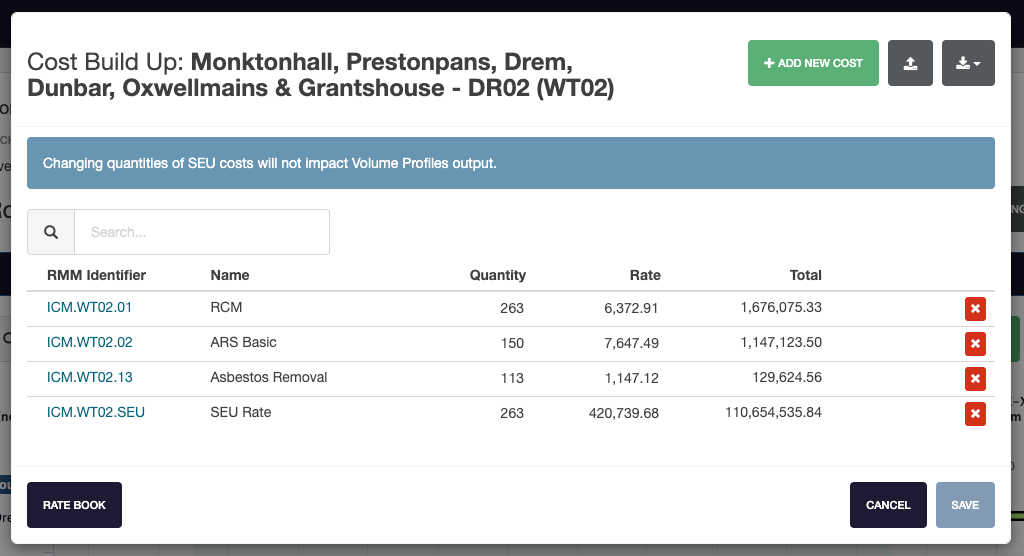
Of course, not all software is created equal. Many off-the-shelf solutions offer limited flexibility and require significant time and cost to configure to an organisation’s specific needs. Understandably, this can put infrastructure managers off – especially when user-friendliness and adaptability are essential.
That’s why Rail BI’s approach stands out. Our platform has been developed to be user-centred and highly configurable. Our team works closely with clients to tailor the system to their requirements, making the tool intuitive and practical for real-world users.
Rather than simply recording plans, Rail BI’s software is designed to help teams build better ones. It provides high-quality, cleaned data, connects siloed systems to create a single source of truth, and offers advanced scenario analysis to support risk-based planning and cost optimisation.
Automated workbanks are generated based on asset data, policies and user-defined settings. As planners adjust their inputs – such as deferring renewals or factoring in upgrades – the system recalculates interventions, flags potential issues and can even suggest alternate strategies like targeted life extensions.
The resulting workbank adheres to organisational policies or highlights where deviations occur, and combines detailed cost-benefit data to support confident, transparent decision-making.
Real-World Use: Supporting National Strategies
Rail BI’s solution is already being used in the rail industry to optimise workbank planning, with users including Network Rail. For example, all of the analysis for Scotland’s medium to long-term railway signalling strategy, entitled ‘Signalling Scotland’s Future’, was undertaken using our software.
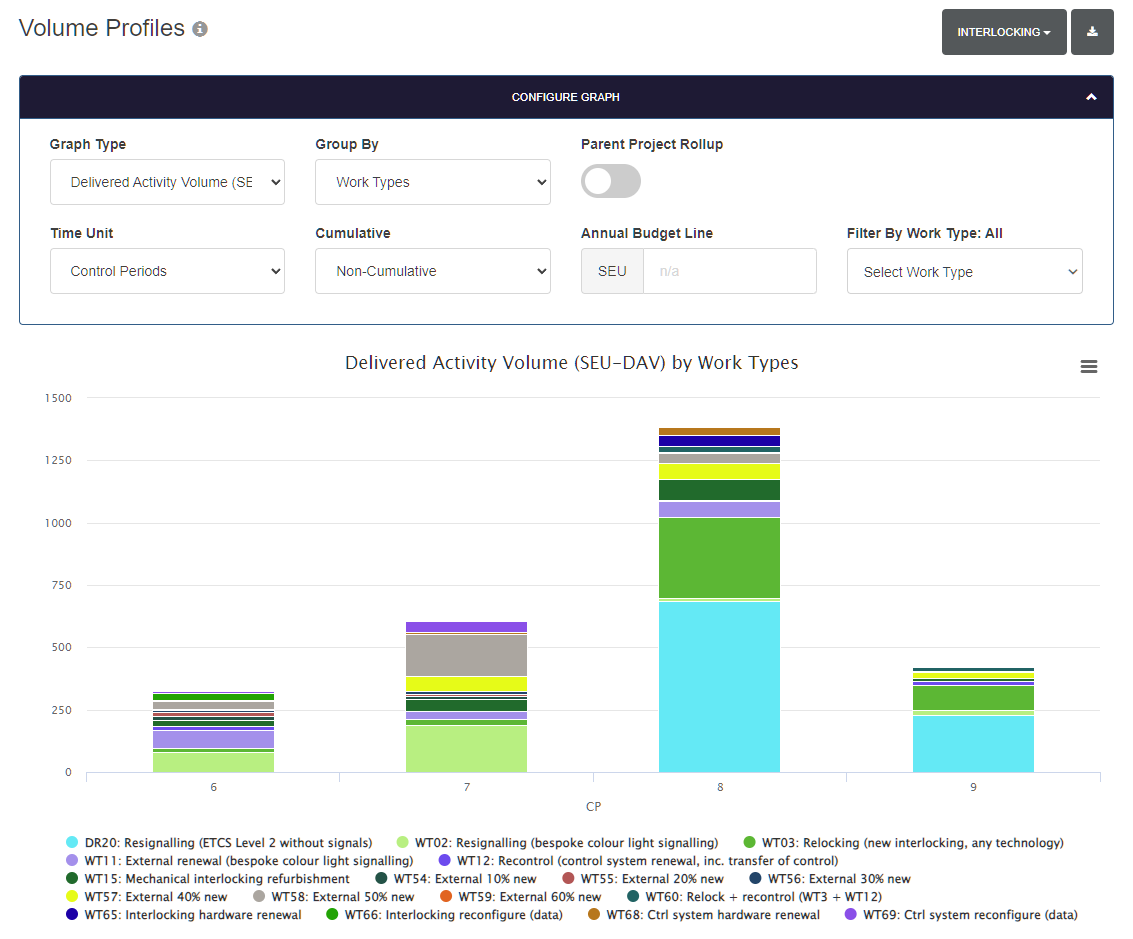
At Rail BI, we look at ourselves as a partner rather than a software provider, with ongoing support and refinement available to users. We work closely with our customers, providing training when needed, and responding to questions within minutes.
We’re constantly engaging with users to understand where their pain points are in order to further improve our products. For example, this year we will be launching new products within this ecosystem, including a data management platform that will allow users to have full control over their data definitions.
Ready To Take Your Workbank Planning Further?
So why not get in touch with Rail BI and see how we can transform your workbank planning? There’s no need to keep trying to get by with an outdated system that’s no longer fit for purpose. We’re here to help – so drop us an email at info@railbi.com.

